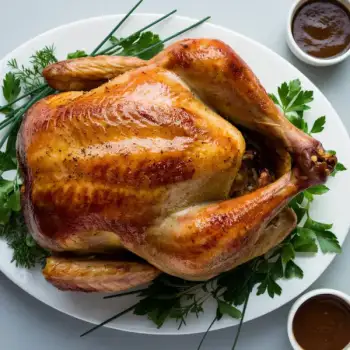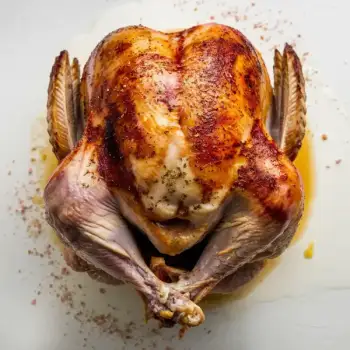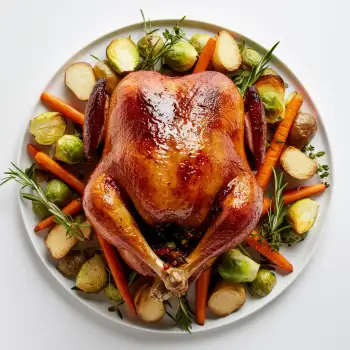


Deli Turkey
Turkey breast that has been cooked, seasoned, and sliced, commonly used in sandwiches and salads.
Whole Turkey
A complete, unprocessed turkey often sold fresh or frozen, ideal for roasting for traditional holiday meals or large gatherings.
Ground Turkey
Turkey meat that has been ground, often used as a healthier substitute for ground beef in recipes like burgers, meatballs, and tacos.
Smoked Turkey
Whole turkey or turkey parts that have been smoked, imparting a distinctive smoky flavor, often pre-cooked and ready to eat.
Turkey Breast
The breast portion of the turkey, available bone-in or boneless, and is a leaner cut suitable for quicker cooking methods.
Turkey Cutlets
Thin slices of turkey breast meat, perfect for quick sautéing or grilling.




deli turkey: Boar's Head
whole turkey: Butterball
ground turkey: Shady Brook Farms
smoked turkey: HoneySuckle White
turkey breast: Jennie-O

Grilling: Grilling turkey imparts a smoky flavor and can be a quicker method than roasting. It's best to use indirect heat for a whole turkey or direct heat for smaller cuts. Keep the lid closed to maintain a consistent temperature and prevent flare-ups.
Roasting: The most traditional method for cooking turkey, roasting involves cooking the bird in an oven at a consistent temperature. To prevent dryness, baste the turkey with its own juices or a marinade throughout the cooking process. Covering the breast with foil can also help manage the cooking rate.
Sous Vide: For the culinary enthusiast, sous vide cooking allows for precise temperature control, resulting in a turkey that's evenly cooked and exceptionally moist. The turkey is vacuum-sealed and cooked in a water bath at a low temperature for an extended period before being finished with a quick sear or roast for a crispy skin.













